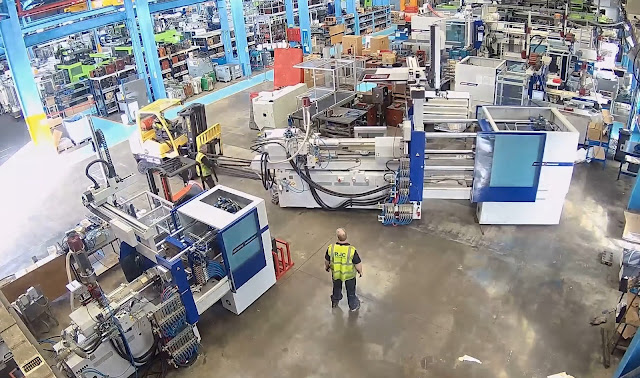Injection Moulding Solutions: Enhancing Productivity and Precision
.jpg)
Introduction: In the realm of manufacturing, injection moulding stands as a cornerstone process, revolutionizing the production of intricate plastic components across diverse industries. With a focus on productivity and precision, companies like Rutland Plastics have been at the forefront, providing innovative solutions that propel efficiency and quality. In this blog, we delve into the world of injection moulding solutions , exploring how they enhance productivity and precision while spotlighting Rutland Plastics' contributions to this dynamic field. Understanding Injection Moulding: Injection moulding is a manufacturing process that involves injecting molten material, typically plastic, into a mould cavity. Once cooled and solidified, the mould is opened, revealing the desired component. This method offers unparalleled versatility, allowing for the creation of complex shapes with exceptional precision. Enhancing Productivity: One of the primary goals of injection moulding solutio
.jpg)



.jpg)
